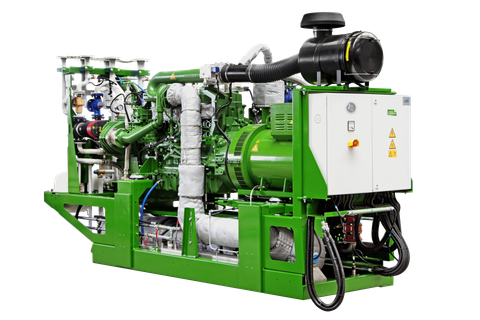Renewable energy
What is renewable or regenerative energy?
These are energy sources that are either available anyway and infinitely, or regenerate themselves, for example through renewable raw materials.
- In the area of energy generation, it is essentially about photovoltaics, solar thermal energy and wind
- In the area of heating, there is also wood in the form of pellets, wood chips or split logs as fuel.
- In the area of insulation, there are many materials such as wood wool, cellulose, sheep wool, reeds, etc.
Photovoltaics (PV)
A PV system generates electricity with daylight.
The application for a PV system in residential buildings and in industry is completely different. If self-consumption of 70% is achieved in industry without major problems, the electricity must be stored in the residential building in order to achieve self-consumption of around 25%.
What is new, is that you can feed in the electricity you do not use yourself and have it credited to you. You then get the fed-in electricity back from the grid in the same amount and free of charge. This means that you almost always generate your entire annual electricity requirement yourself. You are billed at the end of the year.
Solar heat
In the residential building sector, solar thermal energy is used to generate hot water and heating.
A stratified or buffer storage tank is required for the collectors on the roof. There are flat-plate collectors and vacuum tube collectors, both variants have advantages and disadvantages. Hybrid collectors that generate electricity and heat at the same time are not so well known and widespread.
A south-facing roof is not absolutely necessary, the roof pitch is more important.
The motto is: the steeper, the better. The collectors should be set up at a roof pitch of 35 °.
Solar thermal generates around 65% hot water and around 25% heating water, which is sufficient for the transition period.
Solar thermal energy can be used in industry to generate heat and cold for production.
You can supply drying processes, steam
generate, operate air conditioning systems and much more.
Of course, as in residential buildings, you can generate hot water and heating.
No matter which process you want to supply with it, you
need an alternative when the sun is not shining.
Wind energy
Even if there are now a large number of small wind turbines for single-family homes, wind energy in our regions is more likely to be something for industry.
There are radial and axial wind turbines. Both have their advantages and disadvantages. If a company has space on its premises and the company is also located in a windy region, the use of wind energy is an option.
There are systems in all performance classes.
CHP / CHP (combined heat and power)
With a CHP (combined heat and power unit) you generate heat and electricity at the same time.
There are two types of heat in a CHP unit. On the one hand with about 80 ° C from the cooling water circuit, on the other hand steam, which is generated by an exhaust gas heat exchanger.
A CHP can be operated with biodiesel, natural gas or even liquid gas. Hydrogen is a new fuel for which the first CHPs are already available.
It is important to design a CHP according to the heat demand, because a CHP has to run.
If the heat cannot be dissipated, a CHP unit is idle and of course does not generate any electricity.
A CHP unit can also be combined with a Green Chiller and generate cold from the heat.






